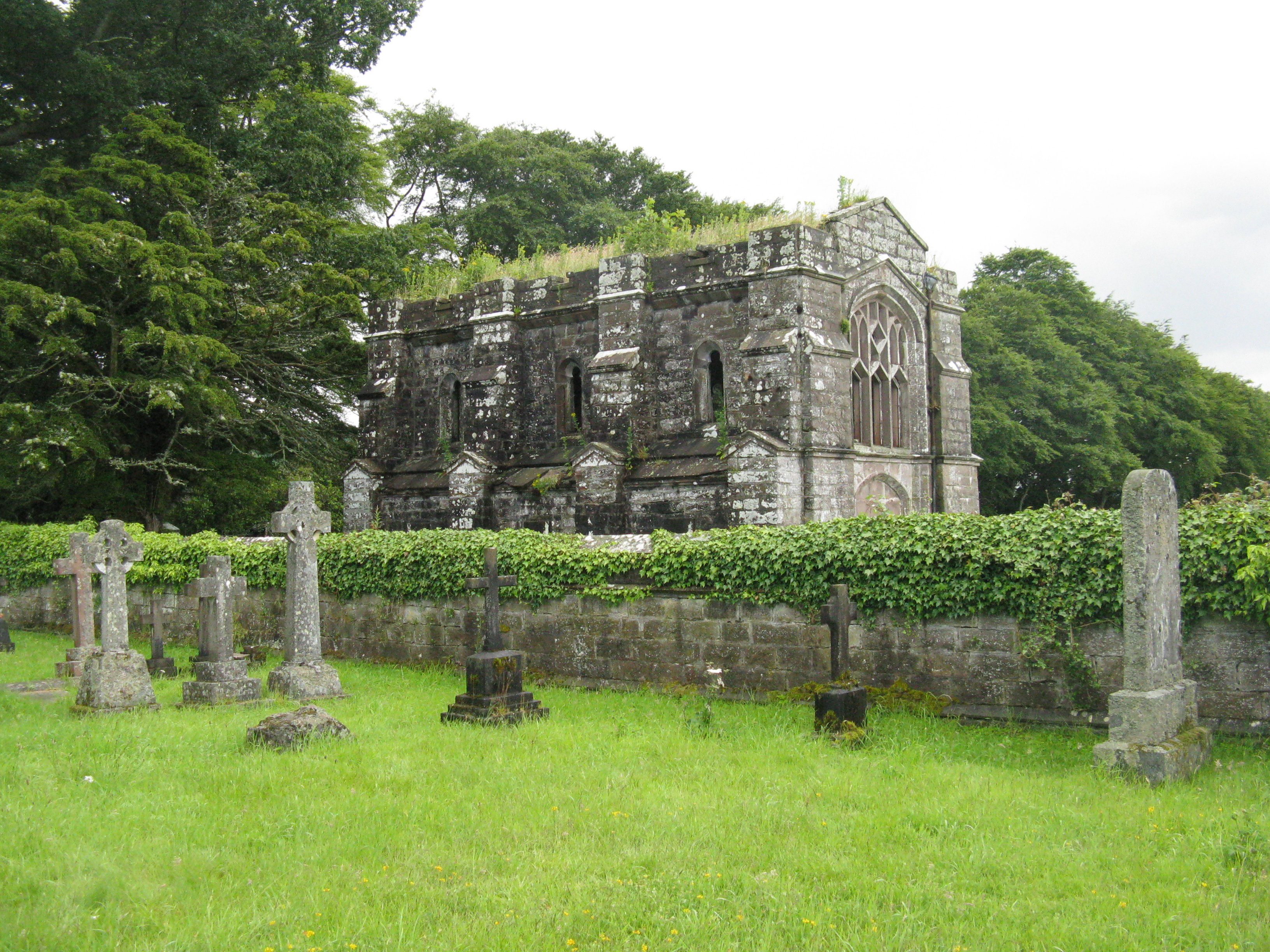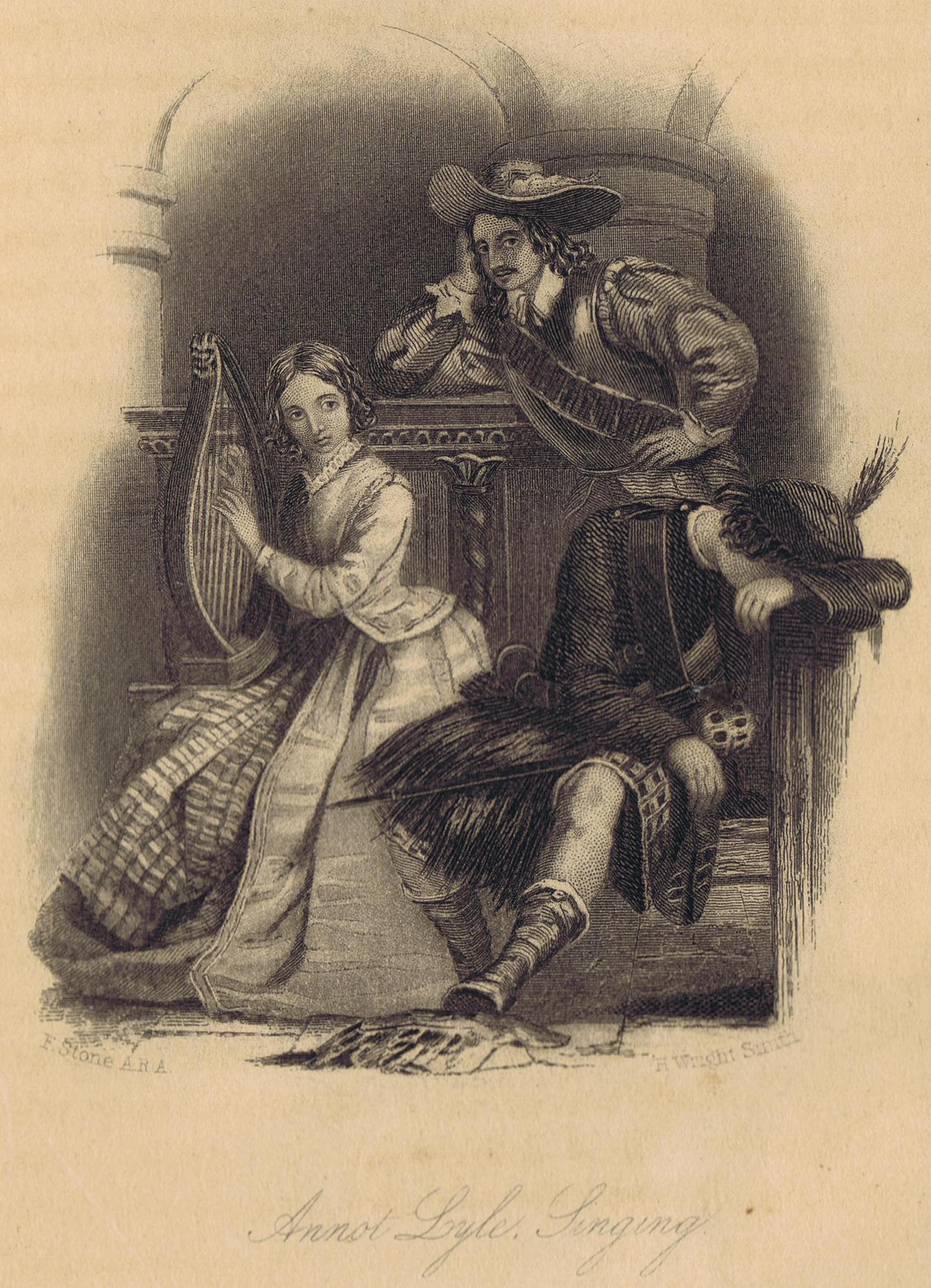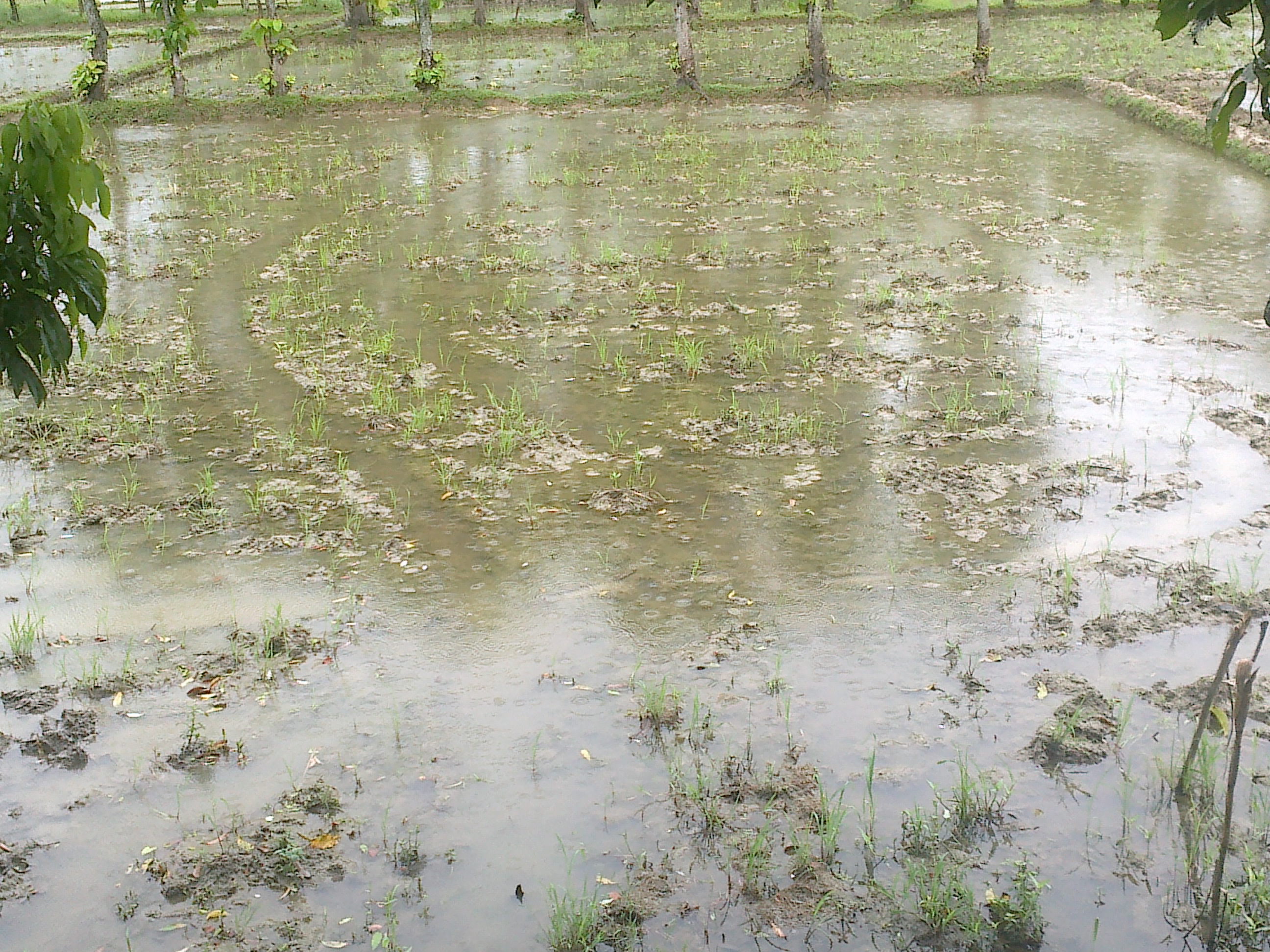|
Drummonderinoch
Drummonderinoch is a place in Comrie, Perthshire, Scotland. Its modern name is Drummond Earnoch. The origin of the name comes from the tragic episode of the Massacre of Monzievaird on October 21, 1490. One of its sons, John Drummond, came to a grisly end in Lochearnhead; his severed head inspired Sir Walter Scott’s tale, "A Legend of Montrose ''A Legend of Montrose'' is an historical novel by Sir Walter Scott, set in Scotland in the 1640s during the Wars of the Three Kingdoms. It forms, along with ''The Bride of Lammermoor'', the 3rd series of Scott's ''Tales of My Landlord''. The tw ...". References and notes External linksPhotos of Drummonderinoch and history on the Massacre at Monzievaird Perth and Kinross {{Scotland-stub ... [...More Info...] [...Related Items...] OR: [Wikipedia] [Google] [Baidu] |
Massacre Of Monzievaird
The Scottish Highlands, Scottish Highland Massacre of Monzievaird took place on 21 October 1490, at the church of Monzievaird, at Ochtertyre, near Hosh in Perth and Kinross, Perthshire. Some sources give the date as 1511. It was the culmination of a violent blood feud between the Murray and Drummond families. Although feuding, murdering kin, and marrying enemies was commonplace for Gàidhealtachd, Highlanders at the time, the wikt:massacre, massacre was nevertheless notorious and sensational in its day. Background William Murray of Tullibardine lost the stewardship of Strathearn, which he had held for over fifty years, to Lord Drummond. Despite their marital links, the Drummonds evicted the Murrays and set about creating difficulties for George Murray, the abbot of Inchaffray Abbey. When the abbey subsequently ran short of funds Murray sought to assess the teinds of the Drummond lands of Monzievaird. The abbot charged the Murrays of Ochtertyre with the task, which they eager ... [...More Info...] [...Related Items...] OR: [Wikipedia] [Google] [Baidu] |
Lochearnhead
Lochearnhead (Scottish Gaelic: Ceann Loch Èireann) is a village in Perthshire on the A84 Stirling to Crianlarich road at the foot of Glen Ogle, north of the Highland Boundary Fault. It is situated at the western end of Loch Earn where the A85 road from Crieff meets the A84. Loch Earn is above sea level, with the settlement running from its shores up to higher ground on the hills at the mouth of Glen Ogle. Lochearnhead lies within the Breadalbane area of the Loch Lomond and The Trossachs National Park. Early history The first evidence of people in Lochearnhead comes from Mesolithic arrowheads found in Glen Ogle by former local policeman Tom Gibbon, and his son Donald. A settled population is in evidence in the Neolithic period, from a burial chamber at Edinchip, and from the cup-marked stones which lie between the Kendrum Burn and the Craggan Road, in what is known locally as the Druid Field. There is another site with cup and ring marks at the head of Glen Ogle. There are ... [...More Info...] [...Related Items...] OR: [Wikipedia] [Google] [Baidu] |
A Legend Of Montrose
''A Legend of Montrose'' is an historical novel by Sir Walter Scott, set in Scotland in the 1640s during the Wars of the Three Kingdoms. It forms, along with ''The Bride of Lammermoor'', the 3rd series of Scott's ''Tales of My Landlord''. The two novels were published together in 1819. Composition ''A Legend of the Wars of Montrose'' was composed during May 1819, immediately after the completion of its companion novel ''The Bride of Lammermoor'' though it had been envisaged before the ''Bride'' was begun. Scott was still recovering from his serious illness of March 1819 and it is likely that the greater part of the new novel was dictated to John Ballantyne and William Laidlaw, though the manuscript for most of Chapters 3 to 6 is extant in his own hand. Editions The first edition of ''Tales of my Landlord (Third Series)'', consisting of ''The Bride of Lammermoor'' and ''A Legend of Montrose'' (the title reluctantly accepted by Scott), was published by Archibald Constable in Edi ... [...More Info...] [...Related Items...] OR: [Wikipedia] [Google] [Baidu] |
Farmland At Drummond Earnoch - Geograph
Agricultural land is typically land ''devoted to'' agriculture, the systematic and controlled use of other forms of lifeparticularly the rearing of livestock and production of cropsto produce food for humans. It is generally synonymous with both farmland or cropland, as well as pasture or rangeland. The United Nations Food and Agriculture Organization (FAO) and others following its definitions, however, also use ''agricultural land'' or as a term of art, where it means the collection of: * '' arable land'' (also known as ''cropland''): here redefined to refer to land producing crops requiring annual replanting or fallowland or pasture used for such crops within any five-year period * ''permanent cropland'': land producing crops which do not require annual replanting * ''permanent pastures'': natural or artificial grasslands and shrublands able to be used for grazing livestock This sense of "agricultural land" thus includes a great deal of land not devoted to agricult ... [...More Info...] [...Related Items...] OR: [Wikipedia] [Google] [Baidu] |
Comrie, Perth And Kinross
Comrie (; Gaelic: ''Cuimridh''; Pictish: ''Aberlednock''; Latin: ''Victoria'') is a village and parish in the southern Highlands of Scotland, towards the western end of the Strathearn district of Perth and Kinross, west of Crieff. Comrie is a historic conservation village in a national scenic area along the river Earn. Its position on the Highland Boundary Fault explains why it has more earth tremors than anywhere else in Britain. The parish is twinned with Carleton Place, Ontario, Canada. Location and etymology Comrie lies within the registration county of Perthshire (Gaelic: '' Siorrachd Pheairt'') and the Perth and Kinross local council area. The name Comrie derives from the original Gaelic name ''con-ruith'' or ''comh-ruith'' (from ''con/comh'' 'together', and ''ruith'' "to run", "running") translating literally as "running together", but more accurately as "flowing together" or "the place where rivers meet". In modern Gaelic the name is more often transcribed as Comraidh, ... [...More Info...] [...Related Items...] OR: [Wikipedia] [Google] [Baidu] |
Perthshire
Perthshire (locally: ; gd, Siorrachd Pheairt), officially the County of Perth, is a historic county and registration county in central Scotland. Geographically it extends from Strathmore in the east, to the Pass of Drumochter in the north, Rannoch Moor and Ben Lui in the west, and Aberfoyle in the south; it borders the counties of Inverness-shire and Aberdeenshire to the north, Angus to the east, Fife, Kinross-shire, Clackmannanshire, Stirlingshire and Dunbartonshire to the south and Argyllshire to the west. It was a local government county from 1890 to 1930. Perthshire is known as the "big county", or "the Shire", due to its roundness and status as the fourth largest historic county in Scotland. It has a wide variety of landscapes, from the rich agricultural straths in the east, to the high mountains of the southern Highlands. Administrative history Perthshire was an administrative county between 1890 and 1975, governed by a county council. Initially, Perthshire Count ... [...More Info...] [...Related Items...] OR: [Wikipedia] [Google] [Baidu] |
Scotland
Scotland (, ) is a country that is part of the United Kingdom. Covering the northern third of the island of Great Britain, mainland Scotland has a border with England to the southeast and is otherwise surrounded by the Atlantic Ocean to the north and west, the North Sea to the northeast and east, and the Irish Sea to the south. It also contains more than 790 islands, principally in the archipelagos of the Hebrides and the Northern Isles. Most of the population, including the capital Edinburgh, is concentrated in the Central Belt—the plain between the Scottish Highlands and the Southern Uplands—in the Scottish Lowlands. Scotland is divided into 32 administrative subdivisions or local authorities, known as council areas. Glasgow City is the largest council area in terms of population, with Highland being the largest in terms of area. Limited self-governing power, covering matters such as education, social services and roads and transportation, is devolved from the Scott ... [...More Info...] [...Related Items...] OR: [Wikipedia] [Google] [Baidu] |
Sir Walter Scott
Sir Walter Scott, 1st Baronet (15 August 1771 – 21 September 1832), was a Scottish novelist, poet, playwright and historian. Many of his works remain classics of European and Scottish literature, notably the novels '' Ivanhoe'', '' Rob Roy'', ''Waverley'', ''Old Mortality'', '' The Heart of Mid-Lothian'' and ''The Bride of Lammermoor'', and the narrative poems '' The Lady of the Lake'' and '' Marmion''. He had a major impact on European and American literature. As an advocate, judge and legal administrator by profession, he combined writing and editing with daily work as Clerk of Session and Sheriff-Depute of Selkirkshire. He was prominent in Edinburgh's Tory establishment, active in the Highland Society, long a president of the Royal Society of Edinburgh (1820–1832), and a vice president of the Society of Antiquaries of Scotland (1827–1829). His knowledge of history and literary facility equipped him to establish the historical novel genre as an exemplar of Europ ... [...More Info...] [...Related Items...] OR: [Wikipedia] [Google] [Baidu] |







